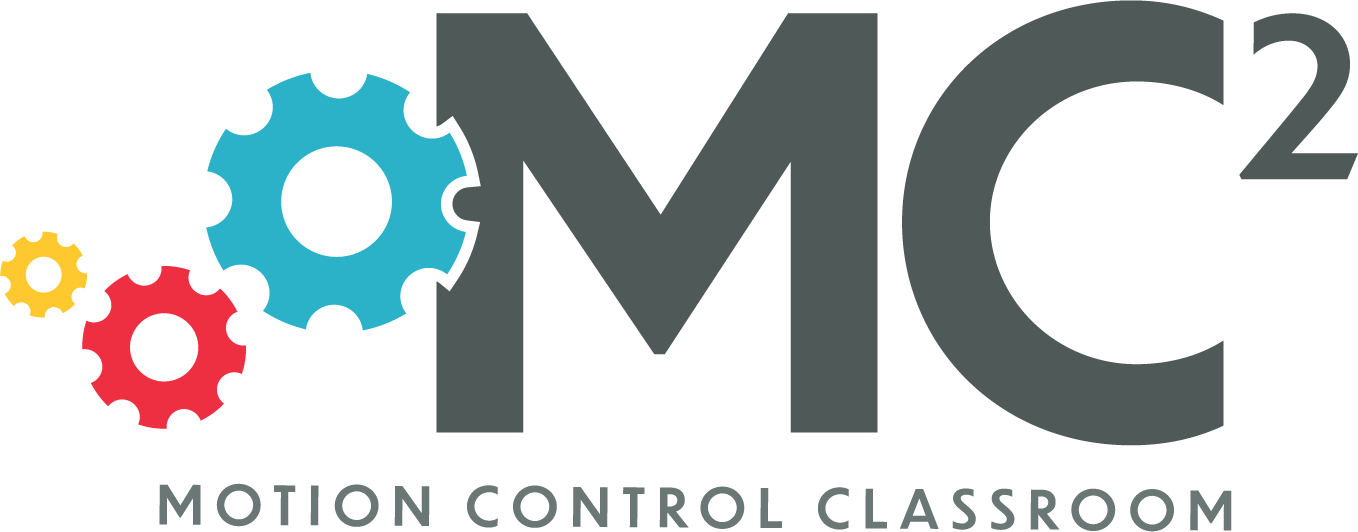
Welcome to this installment of MC2, where we’re covering encoders – an important part of almost any motion control system.
In this session of Motion Control Classroom, we break down the various encoder designs and technologies, look at the difference between accuracy and resolution, and explain quadrature encoding and how it can be used to boost encoder resolution.
There’s also a primer on how to choose the right type of encoder – rotary or linear – and how to determine what resolution your application requires. And although encoders are most often associated with position measurement, we’ll look at how they can be used to measure speed.
You’ll also find a library of examples demonstrating how and where each encoder technology is applied and learn how trends in IoT and robotics (especially collaborative robots and AGVs) are driving new encoder designs and increased functionality.
Senior Editor, Design World
Encoder Types and Technologies
FAQ: How do I pick between rotary and linear encoders?
FAQ: What are traditional and newer multi-turn measuring systems for encoders?
FAQ: How do magnetic encoders work?
Linear encoder types — and parameters for selection
Linear encoders monitor linear movement and provide position feedback in the form of electrical signals.
Not very long ago, the choice between optical and magnetic technologies was primarily a matter of resolution.
Some motion designs can use linear or rotary encoders, so engineers can pick between the two.
Three main technologies enable such encoder design — batteries, gearing, and self-powering setups.
In this session of Motion Control Classroom, we break down the various encoder designs and technologies, look at the difference between accuracy and resolution, and explain quadrature encoding and how it can be used to boost encoder resolution.

Rotary encoders track speed and position. Absolute and incremental encoders both do this, but operate differently and have different methods of implementation.
To determine the position of a linear axis, an encoder read head travels along a scale and “reads” changes in light (for optical encoders) or magnetic field (for magnetic types).
As the read head registers these changes, it produces sine and cosine signals that are shifted 90 degrees from each other (referred to as “quadrature signals”).
Encoder Applications and Technology Trends
How are encoders used for speed measurement?
Where are glass scale linear encoders used?
Programmable encoder saves a tradeshow demo for a robotic-gripper manufacturer
Medical applications benefit from precision encoders
The most common use for encoders is to measure angular or linear distance, but encoders can also be used to perform speed measurements.
Glass substrates reign for applications that need resolutions down to the nanometer level.
Encoders are essential to accurate positioning in most motion systems, particularly where high precision is most needed.
Application was a high-speed cosmetics pick-and-place demonstration cell.

Encoders are at the heart of any closed loop servo system, providing feedback to the controller, which uses this information to determine if the motor reached the commanded position or velocity. Thus, encoder resolution and accuracy are essential to the proper operation of a closed-loop system.
What key trends are driving the encoder market? We put the question to several of the top encoder manufacturers to get their perspective on trends in the encoder industry as well as how developments in other industries are impacting their business. Here’s what they told us.
Encoder Products Company (EPC) is a leading designer and world-wide manufacturer of motion sensing devices. EPC began operations in 1969, producing a line of custom encoders (the original Cube series) from a small, home-based shop. Today, EPC is the largest privately-held encoder manufacturer in North America, producing the most complete line of incremental and absolute rotary encoders in the industry.